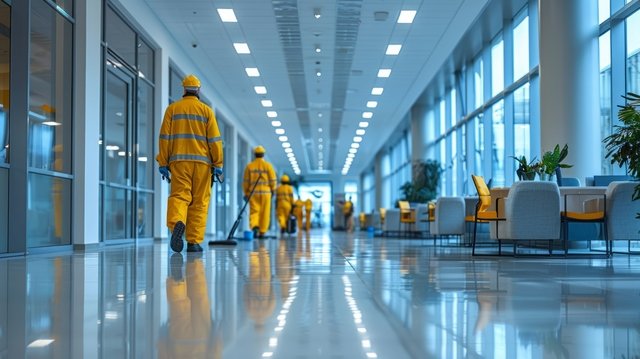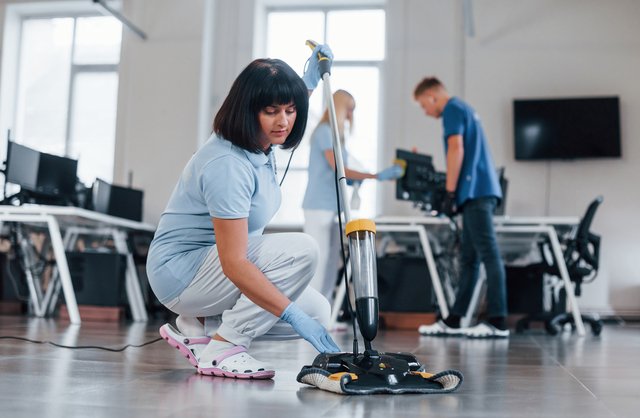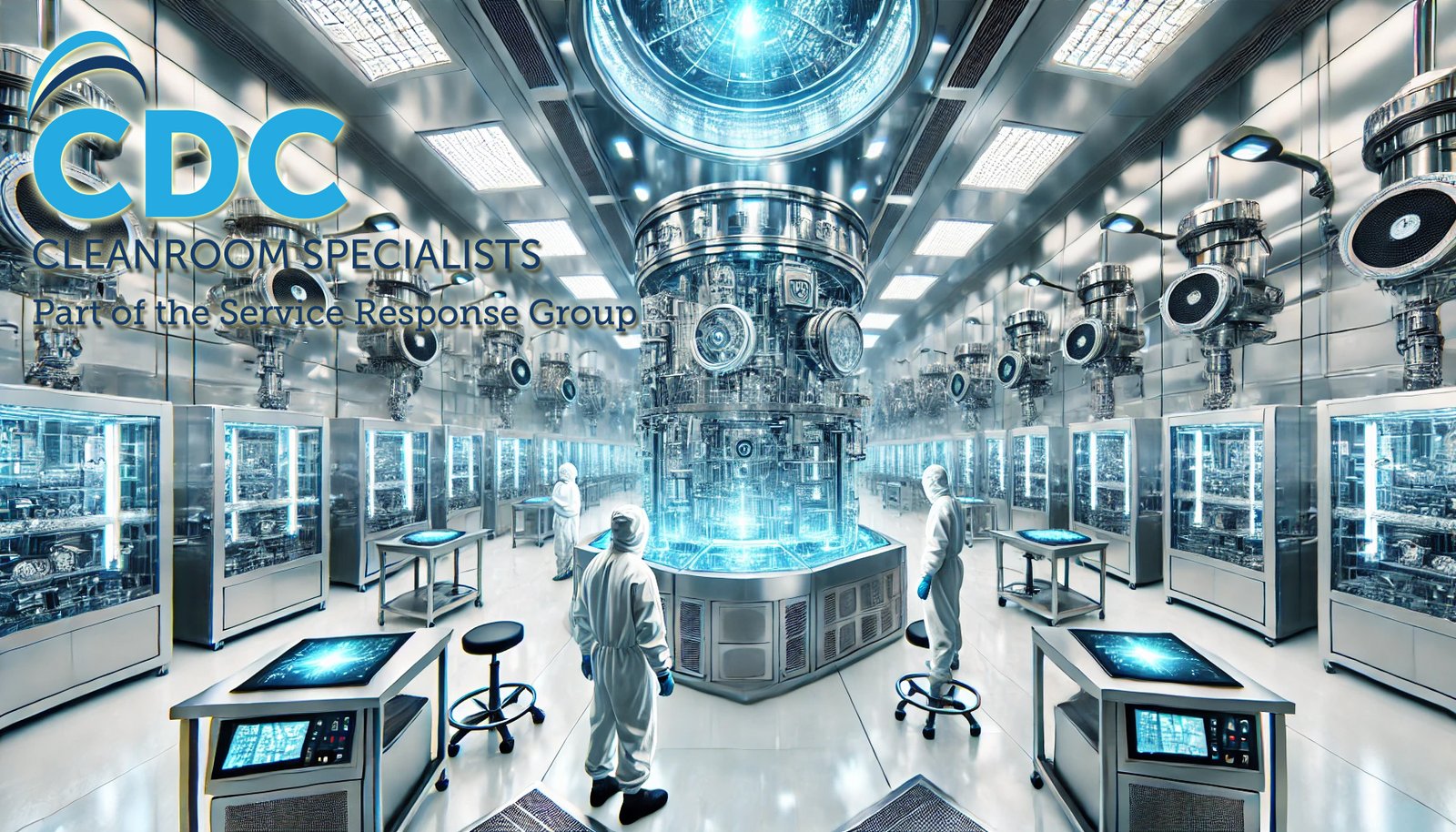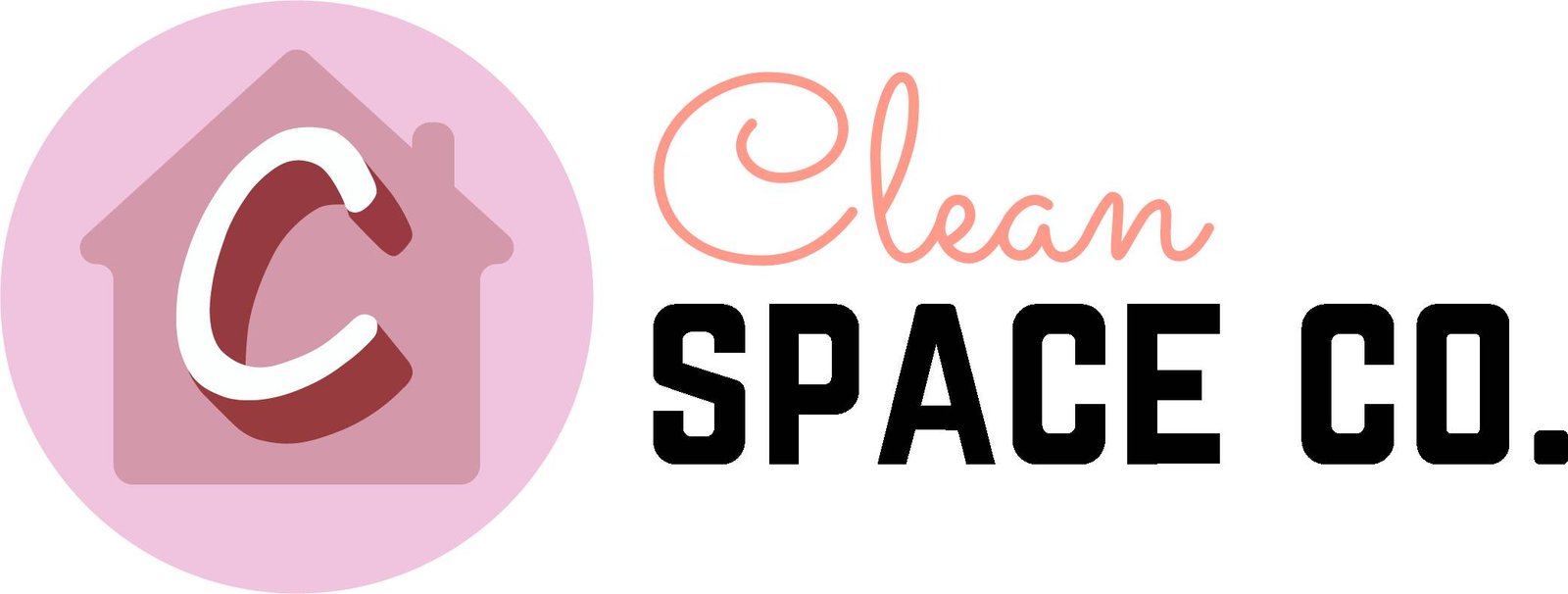Introduction: A Day in the Life of a Cleaner at Greenfield Hospital
Every morning at Greenfield Hospital, Maria begins her day armed with a Karcher steam cleaner, a trusty vacuum cleaner, and a resolute commitment to keeping her patients safe. As the sun rises, she meticulously sanitizes every surface, from the ICU to the pediatric ward, ensuring a clean and hygienic environment for the most vulnerable.
Maria knows that her work isn’t just about appearances; it’s about reducing the risk of infection for patients who are already fighting battles with their health. In a world still grappling with the aftermath of a pandemic, her role has never been more critical. Behind the scenes, people like Maria are the unsung heroes ensuring hospitals are sanctuaries of healing, not hotspots of infection.
If you’ve ever wondered how healthcare facilities maintain such high standards of cleanliness or want tips on implementing similar practices, this blog will take you through the essentials—backed by stats and expert recommendations.
The Importance of Cleanliness in Healthcare Facilities
A Matter of Life and Death
Hospital-acquired infections (HAIs) affect 1 in 31 hospitalized patients on any given day in the U.S., according to the CDC. This equates to nearly 1.7 million cases annually, resulting in approximately 99,000 deaths. These statistics underscore why maintaining rigorous cleaning protocols in healthcare settings is a non-negotiable priority.
Cleanliness in hospitals isn’t just about patient satisfaction; it’s a cornerstone of public health. Proper sanitation reduces the risk of cross-contamination, prevents the spread of pathogens, and ensures regulatory compliance.
Top Cleaning Tips for Healthcare Facilities
1. Develop a Cleaning Schedule Based on Risk Areas
Healthcare facilities must prioritize high-touch and high-risk areas like operating rooms, ICUs, and waiting areas. Studies show that pathogens like MRSA and C. difficile can survive on surfaces for days or even weeks if not properly disinfected.
- Daily Protocols: Clean and disinfect high-touch areas such as bed rails, doorknobs, and light switches.
- Weekly Deep Cleaning: Use equipment like a Karcher steam cleaner for a more thorough clean, as it effectively eliminates bacteria and viruses without the need for harsh chemicals.
2. Invest in the Right Equipment
Using advanced cleaning tools can improve efficiency and ensure thorough sanitization. For instance:
- Karcher Steam Cleaners: These devices can sanitize surfaces at high temperatures, killing up to 99.99% of bacteria without leaving chemical residues—ideal for patient rooms and surgical areas.
- Vacuum Cleaners with HEPA Filters: High-efficiency particulate air (HEPA) filters capture 99.97% of airborne particles, making them invaluable for maintaining air quality and reducing allergens.
3. Follow Proper Disinfection Practices
According to a report by the World Health Organization, effective disinfection can reduce HAIs by up to 55%. Here’s how:
- Use EPA-approved disinfectants that are effective against a wide range of pathogens.
- Always follow the manufacturer’s recommended dwell time to ensure maximum effectiveness.
- Combine mechanical cleaning (removing debris) with chemical disinfection for optimal results.
4. Train Cleaning Staff on Best Practices
Proper training ensures that cleaning staff like Maria know how to use equipment like vacuum cleaner and steam cleaners effectively. A study in The American Journal of Infection Control found that healthcare workers trained in infection control reduced contamination rates by 40% compared to untrained personnel.
Key training topics should include:
- Proper use of personal protective equipment (PPE).
- Differentiating between cleaning, sanitizing, and disinfecting.
- How to handle biohazardous materials safely.

The Role of Technology in Healthcare Cleaning
Technology plays an ever-increasing role in healthcare sanitation. Automated cleaning solutions, such as robotic vacuum cleaners and UV light disinfection systems, are helping facilities keep up with the demand for high hygiene standards.
Steam Cleaners in Action
Hospitals in Europe, for instance, have adopted steam cleaning technology to combat outbreaks of superbugs. The Karcher steam cleaner, specifically, has been praised for its ability to sanitize without chemicals—a feature particularly important in areas like neonatal ICUs.
Vacuum Cleaners with AI
AI-powered vacuum cleaners are also making their mark by ensuring no spot is left untouched. These machines can navigate rooms autonomously, making them perfect for high-traffic areas.
Case Study: How Effective Cleaning Saved a Facility Millions
A 2022 study highlighted how a mid-sized hospital in Texas implemented a rigorous cleaning protocol using HEPA-filter-equipped vacuum cleaners and steam cleaners. Within one year:
- HAI rates dropped by 33%.
- The hospital saved $2 million in reduced readmissions and penalties.
- Patient satisfaction scores increased by 15%, as cleanliness was a top-cited factor.
Addressing Common Challenges in Healthcare Cleaning
1. Limited Time and Resources
With an increasing number of patients, cleaning teams often face time constraints. Investing in high-performance tools like vacuum cleaners with large dust capacities can speed up the process without compromising quality.
2. Chemical Sensitivities
Many patients and staff have sensitivities to cleaning chemicals. Steam cleaners provide a chemical-free alternative, using heat to sanitize surfaces safely.
3. High Staff Turnover
With turnover rates in cleaning staff averaging 200% annually in healthcare settings, consistent training and easy-to-use equipment like Karcher steam cleaners are essential.
Going Beyond Cleaning: Creating a Culture of Hygiene
A clean facility is only as good as its hygiene culture. Encourage all staff—medical and non-medical—to:
- Wash hands frequently (a simple practice that reduces infections by 40%, per WHO).
- Report spills or contamination immediately.
- Participate in hygiene awareness campaigns.
The Environmental Impact of Hospital Cleaning
Healthcare facilities generate significant waste, including chemical-laden cleaning products. By switching to eco-friendly solutions like steam cleaning, hospitals can:
- Reduce water usage by up to 80% compared to traditional methods.
- Minimize reliance on single-use plastics for cleaning.
- Decrease chemical discharge into the environment.
Conclusion: Cleanliness Saves Lives
The next time you step into a healthcare facility, take a moment to appreciate the unseen efforts of individuals like Maria. Their work, supported by advanced tools like Karcher steam cleaners and HEPA-filter vacuum cleaners, is critical in keeping patients safe.
By implementing the tips shared in this blog—prioritizing high-touch areas, investing in modern equipment, and fostering a culture of hygiene—you can ensure your healthcare facility meets the highest cleanliness standards. After all, when it comes to patient safety, there’s no room for compromise.









